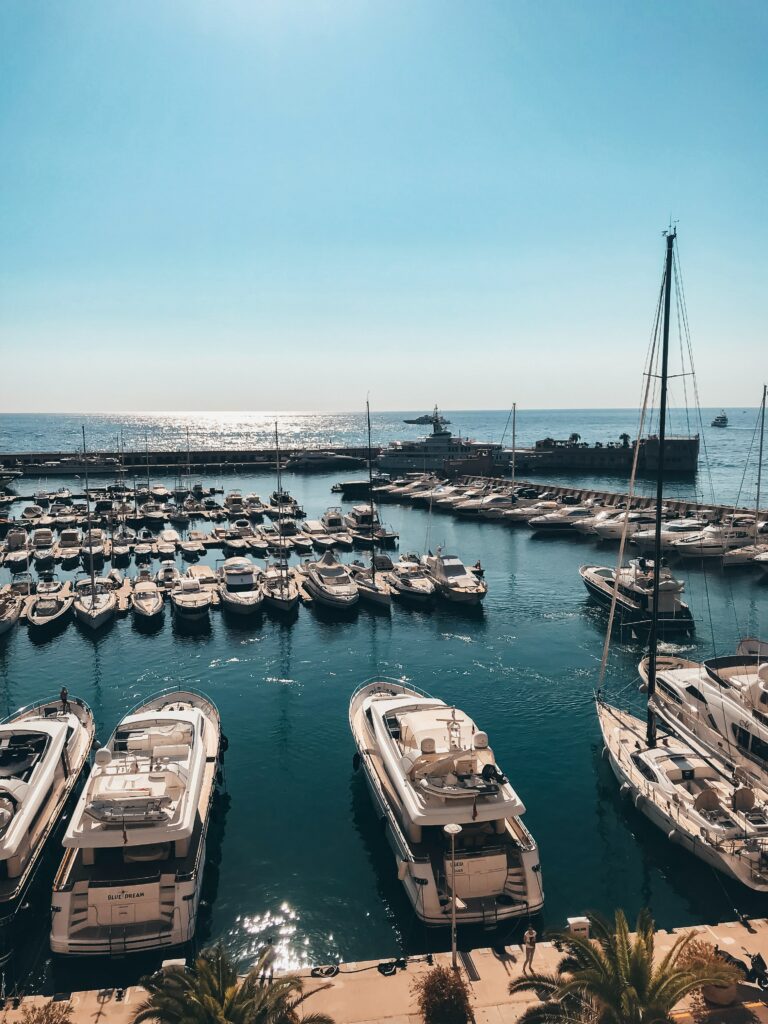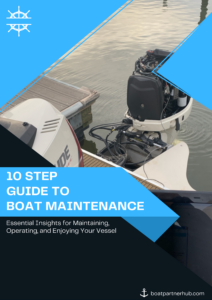Blog
Boat Storage Options: A Comprehensive Guide to Safely Storing Your Vessel

Boat Storage Options: A Comprehensive Guide to Safely Storing Your Vessel – Expert Tips for Choosing the Best Storage Solution
Proper boat storage is essential to protect your vessel from the elements and ensure its longevity. Whether you’re a seasonal boater or need a long-term storage solution, there are various options available to keep your boat safe when not in use. This comprehensive guide explores the different boat storage options, helping you make an informed decision based on your needs and budget. From marinas to self-storage facilities, we’ll cover the pros and cons of each option, ensuring your boat remains in top condition for the next boating season.
1. Marina Storage
a. Wet Slips: Marina wet slips are designated dock spaces where your boat can remain in the water. They provide convenient access for frequent boaters and are ideal for those who use their boats regularly.
b. Dry Stack Storage: Dry stack storage involves storing your boat on a rack in a covered facility. This option protects your boat from the elements and minimizes exposure to sun and water.
2. Indoor Storage Facilities
a. Boat Storage Units: Some storage facilities offer enclosed storage units specifically designed for boats. These units provide protection from weather and potential theft.
b. Warehouse Storage: Some marinas or storage facilities have large warehouses where boats are stored indoors during the offseason.
3. Self-Storage Yards
Self-storage yards offer outdoor storage spaces where you can park your boat on a designated lot. This option is typically more budget-friendly but offers less protection from the elements.
4. Boatyards and Boatel
Some boatyards provide long-term storage options for boats on trailers. A boatel is similar to a dry stack storage facility but is typically operated independently.
5. Home Storage
If you have enough space and local regulations permit, storing your boat at home can be a convenient and cost-effective option.
6. Winterization and Maintenance
Before storing your boat, make sure to winterize it properly. This includes draining water from the engine, adding antifreeze, and protecting it from freezing temperatures.
7. Considerations for Long-Term Storage
If you plan to store your boat for an extended period, ensure it’s adequately covered, and periodically check for any signs of wear or damage.
FAQs (Frequently Asked Questions)
Q1: Is marina storage better than self-storage for boat protection?
A: Marina storage, particularly dry stack storage or indoor facilities, typically offers better protection from the elements compared to self-storage yards.
Q2: Can I work on my boat while it’s in storage?
A: Yes, many storage facilities allow boat owners to perform maintenance and minor repairs on their boats while in storage.
Q3: Is indoor storage more expensive than outdoor storage?
A: Generally, indoor storage is more expensive due to the added protection and security it provides.
Q4: Can I access my boat at any time in a marina wet slip?
A: In most cases, you can access your boat at any time when it’s in a marina wet slip. However, check with the marina for any specific access restrictions.
Q5: Should I remove all belongings from the boat before storage?
A: It’s recommended to remove all non-essential items from the boat before storage to prevent potential damage or theft.
Conclusion
Choosing the right boat storage option is crucial to keeping your vessel safe and well-maintained during the offseason. Consider factors such as convenience, protection from the elements, and your budget when deciding on the best storage solution. Whether you opt for marina storage, indoor facilities, or home storage, ensuring proper winterization and regular maintenance will help preserve your boat’s condition. With the right storage choice, you’ll be ready to hit the water with confidence when the next boating season arrives.


